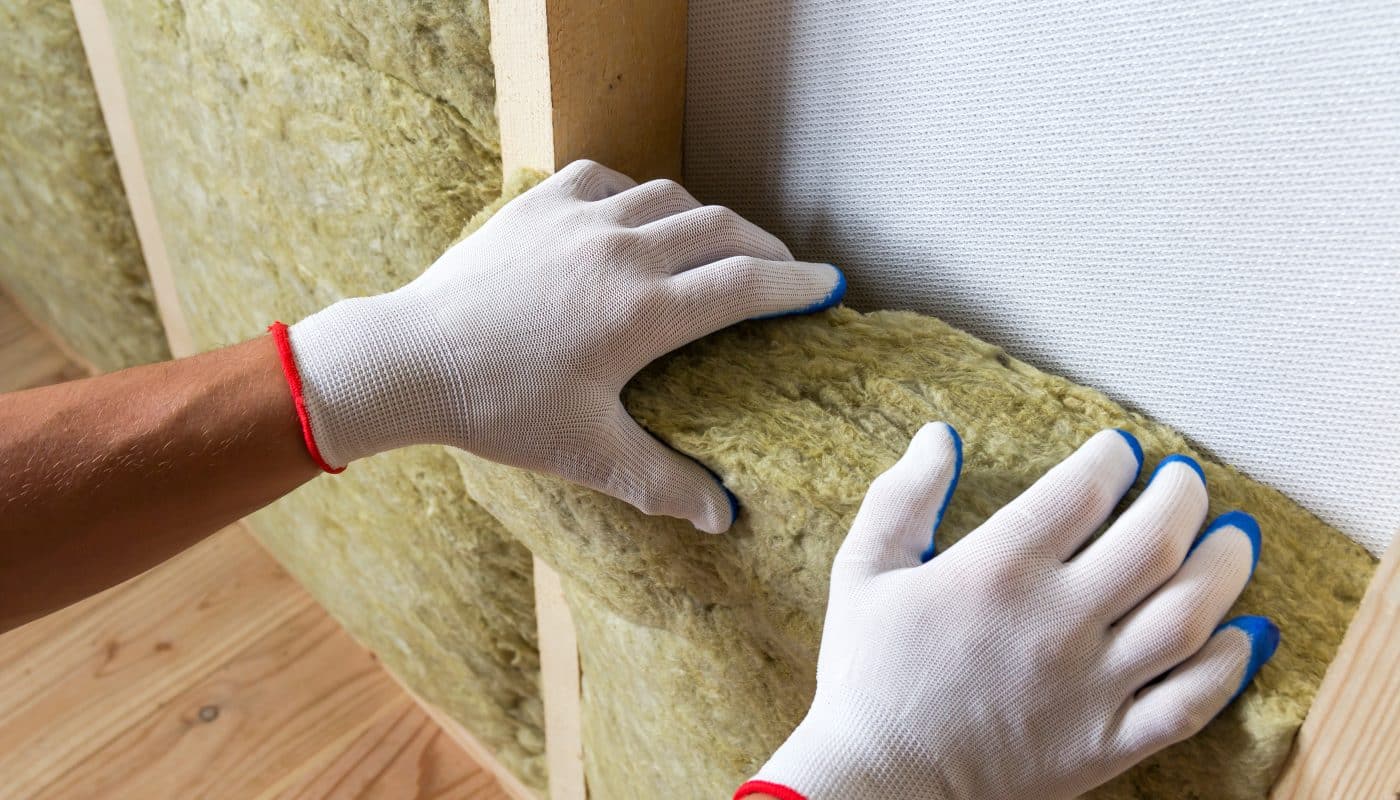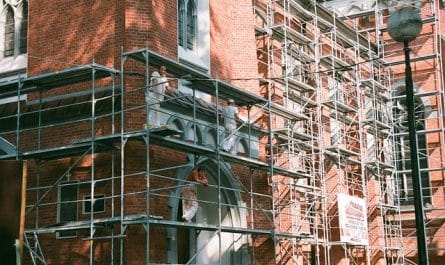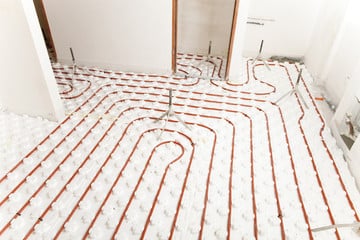In our daily lives, the comfort of our home is essential. It is therefore essential to find the best solutions to improve the thermal and sound insulation of our homes. In this article, we invite you to discover the most effective techniques for reducing energy consumption and reducing noise pollution.
Thermal insulation: the main techniques to reduce your energy consumption
Thermal insulation consists of limiting heat loss in winter and maintaining coolness in summer. Good insulation allows you to make significant savings on your energy bills and help protect the environment..
Insulation of walls and floors
To ensure optimal thermal insulation, opaque walls such as walls and floors should be treated as a priority. The most common solutions are:
- Insulating walls from the inside : this technique consists of installing insulation on the interior face of the walls, then covering with a decorative finish. It is generally less expensive and simpler to implement than exterior insulation, but it slightly reduces the living space.
- Exterior wall insulation : this method allows you to wrap the frame with an insulating coat and avoid thermal bridges. It offers better energy performance, but its cost is generally higher and the work can be more complex to carry out.
- Insulating low floors : it limits heat loss to unheated basements or garages. Insulating materials are placed on the underside of the floors or directly on the ground, then covered with a concrete slab or floor covering.
Roof and attic insulation
The roof is responsible for nearly 30% of heat loss in poorly insulated housing. It is therefore crucial to properly insulate the attic and the roof to reduce your energy consumption. Here are some solutions:
- Insulation of lost attics : these unfinished spaces can be insulated by blowing mineral wool, installing insulating panels or installing loose insulation on the attic floor.
- Insulation of converted attics : this involves insulating the underside of the roof slopes with rigid or semi-rigid insulating materials, then covering them with a vapor barrier to avoid humidity problems.
- Roof insulation from the outside : this technique, called sarking, consists of laying insulation on the frame before replacing the tiles or slates. It helps avoid thermal bridges and offers excellent energy performance.
Sound insulation: how to reduce noise pollution in your home?
Sound insulation aims to limit the propagation of noise between the different rooms of a home and to reduce noise pollution coming from outside. Here are some effective techniques to improve the acoustic comfort of your home:
The choice of insulating materials
Materials used for sound insulation should be selected based on their ability to absorb sound and reduce vibration. The most efficient are generally mineral wools (glass wool, rock wool), synthetic foams (expanded polystyrene, polyurethane) and natural materials (cellulose wadding, cork, hemp).
Installation of double-glazed windows
Windows are often responsible for a lot of sound infiltration. Replacing old windows with double glazing with reinforced insulation can considerably improve the acoustic comfort of your home. Sound insulation performance is determined by the thickness of the panes, the space between the two panes and the quality of the airtightness.
Treating weak points
Noise can enter your home through weak points such as door or window seals, air vents or switches. It is therefore important to address these points by installing specific acoustic seals and sound insulation plates.
The interior layout
Finally, certain interior fittings can also help improve the acoustic comfort of your home:
- Painting the walls with an absorbent coating, which traps sounds before they propagate through the air.
- Lay flexible floor coverings (carpet, linoleum, rubber) to reduce impact noise.
- Install furniture and decorative items which promote the absorption of sounds (carpets, thick curtains, bookcases).
Improving the thermal and sound insulation of your home is essential to increase your daily comfort and save energy. Do not hesitate to call on a professional to help you choose the solutions adapted to your home.







